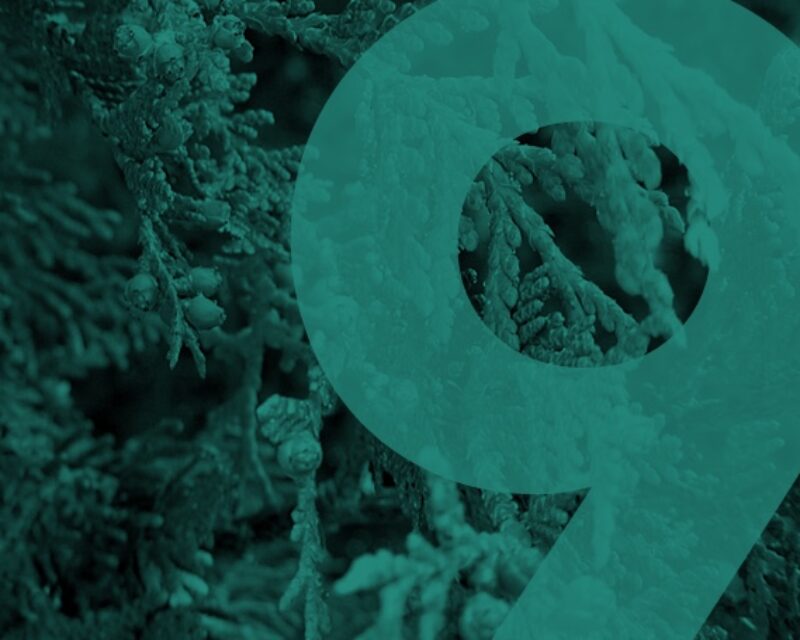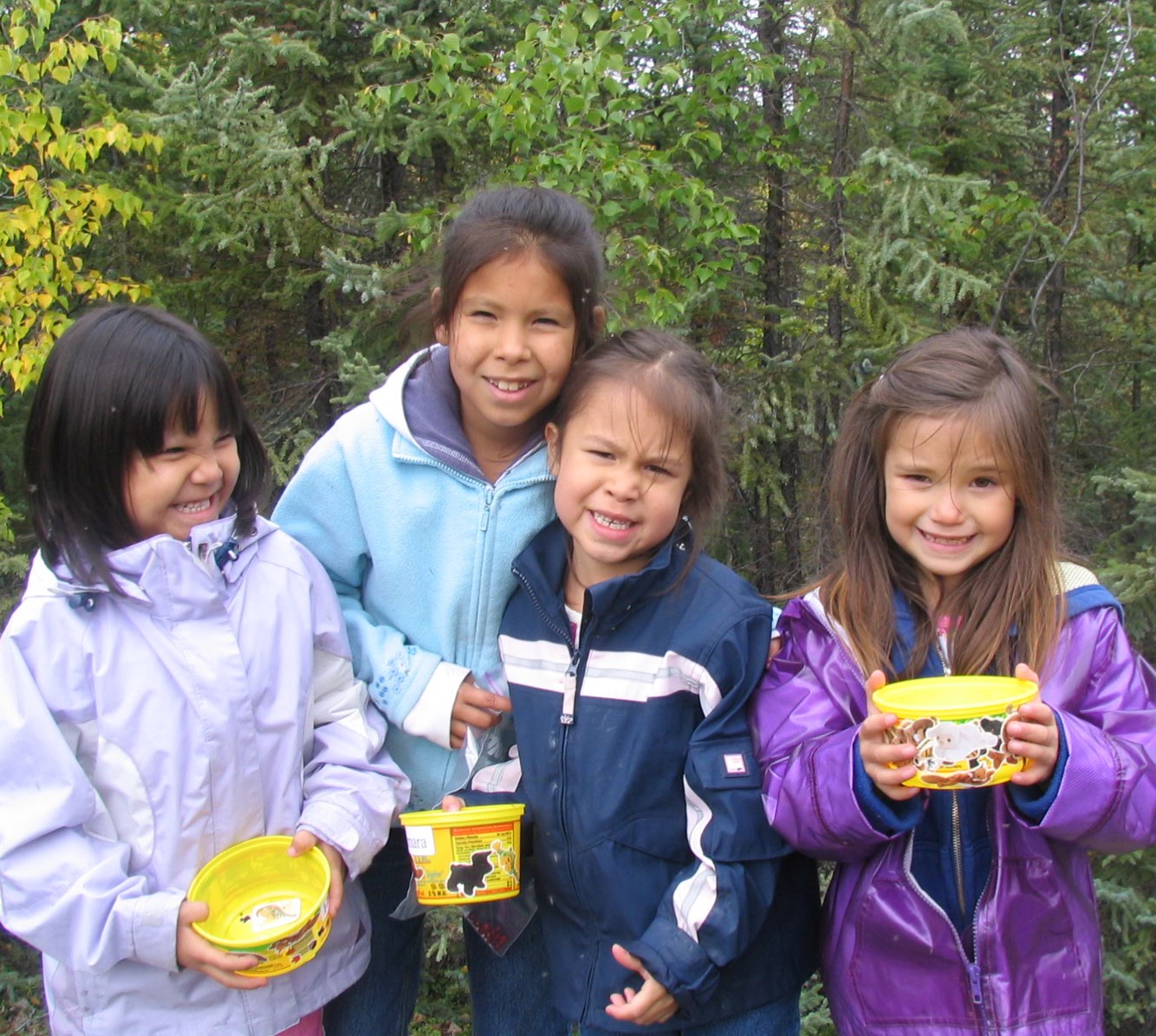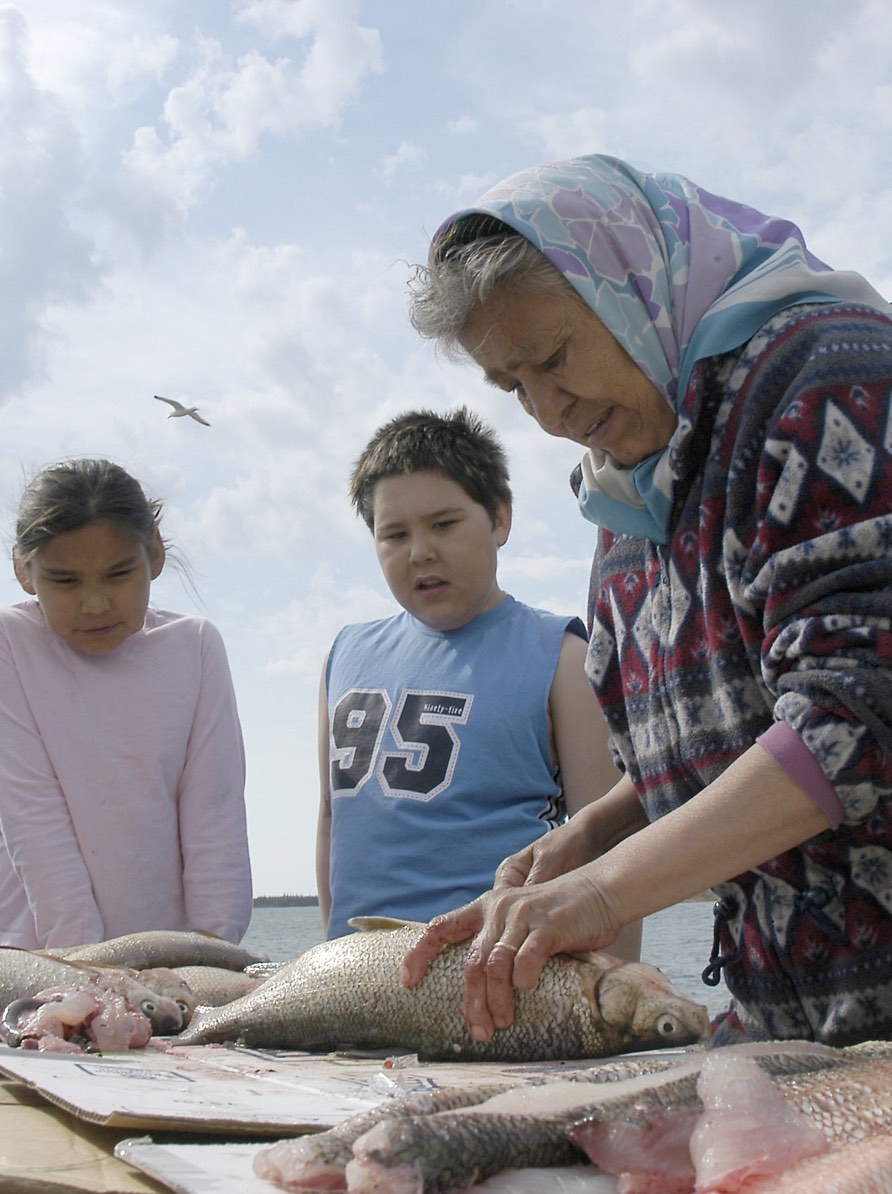Introduction to the First Nations Holistic Lifelong Learning Model
In 2007, the Canadian Council on Learning collaborated with First Nations, Inuit and Métis learning professionals and researchers to explore and articulate the recognition that the world of First Nations learners is one of interconnectedness, in which experiences and relationships are circular, cumulative and holistic.

A literature review of First Nations, Inuit and Métis learning processes and concepts identified the following key characteristics of learning from an Indigenous perspective:
The learning process simultaneously engages and develops all aspects of the individual—emotional, physical, spiritual and intellectual—and of the collective.
Individual learning is viewed as but one part of a collective that extends beyond the family, community and nation to Creation itself.
Many First Nations Peoples, such as the Blackfoot, Cree, and Dakota, use the Medicine Wheel—a circle divided into quadrants—to illustrate the progressive growth of self through a cyclical journey.
The Medicine Wheel presents learning as a lifelong process connected to all stages of human development, beginning before birth and continuing through childhood to old age. Knowledge and wisdom, acquired through a lifetime of learning are transmitted to younger learners in a process that repeats itself with successive generations.
The traditional Indigenous classroom consisted of the community and the natural environment. Each adult was responsible for ensuring that each child learned the specific skills, attitudes and knowledge they needed to function in everyday life.
Experiential learning is seen as connected to lived experience, as in learning by doing, and is structured formally through regular community interactions such as sharing circles, ceremonies, meditation, or story telling, and daily activities.
Although experiential learning is most often associated with activities that occur outside the formal classroom, it is a purposeful and essential mode of First Nations learning.
First Nations Peoples have long affirmed the pivotal role that languages and cultures play in successful Indigenous learning. Through language, First Nations Peoples transmit cultural knowledge from one generation to another and make sense of their shared experience.
Indigenous languages reflect the unique worldviews of Indigenous Peoples’ toward their land. Language connects First Nations people to their culture’s system of values about how they ought to live and relate to each other. As Indigenous languages encode unique ways of interpreting the world, they are seen as inseparable from issues of First Nations identity and the maintenance of Indigenous knowledge systems.
Central to the First Nation worldview is the preeminence of spiritual development that comes from a respect for life and affirmation of the interconnectedness of all beings.
Spiritual experience is equated with knowledge in itself and is manifested in the physical world through ceremony, vision quests and dreams. Therefore, knowledge is a sacred object, and seeking knowledge is a spiritual quest. Many Indigenous people have conceptualized the learning spirit as an entity that emerges from the complex interrelationships between the learner and his or her learning journey.
Parental and family involvement in community learning can take place through diverse roles: parents and family as the first educators in the home, as partners within the school and as key decision-makers for all children and youth.
Elders play a key role as facilitators of lifelong learning. They teach responsibilities and relationships among family, community and creation, reinforcing intergenerational connections and identities.
Elders transmit the community´s culture through teachings, stories, and legends, presented over a long period of time. They play an important role in fostering culturally affirming school environments that link students, staff, families and community to First Nations cultures and traditions.
First Nations learning derives the best from traditional and contemporary knowledge. First Nation students are often asked to ‘walk in two worlds’ and find their own balance between both Indigenous and Western ways of learning.
Learning that integrates Western and Indigenous knowledge can counteract the effects of cultural mismatch that have contributed to low educational outcomes among First Nations people in education.

This groundbreaking research was reported in a document titled Redefining How Success is Measured in First Nations, Inuit and Métis Learning, and included the First Nations Holistic Lifelong Learning Model. The First Nations Holistic Lifelong Learning Model is a “living draft” that will evolve and undergo revision and adaptation depending upon the circumstances.
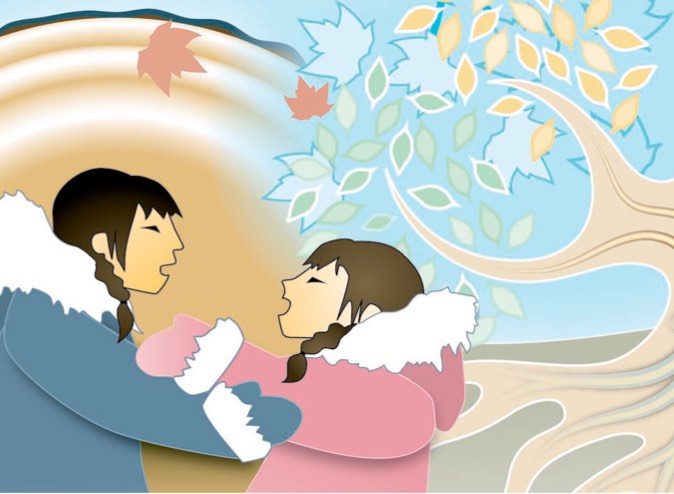
Learn more about this innovative approach to measuring Indigenous learning.
pdf • 5 MB
In 2008, a series of meetings with First Nations communities were held to explore how the First Nations Holistic Lifelong Learning Model could help address their learning needs. The outcome of these meetings was reported in the document Community Dialogues on First Nations Holistic Lifelong Learning: Learning as a Community for Renewal and Growth. The report articulated and reinforced the importance of using this holistic approach for community and strategic planning and provides examples of community case studies.
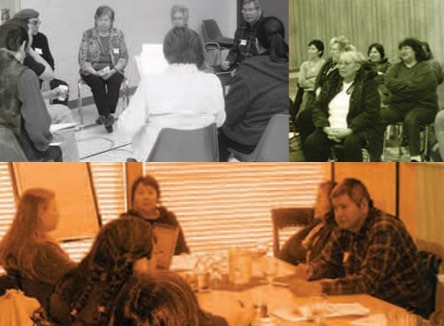
Learn more about three First Nations communities that use the Holistic Lifelong Learning Model.
pdf • 4 MB
